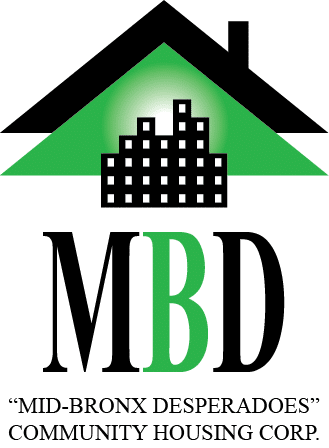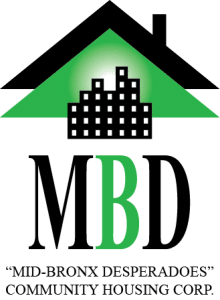History of Our Organization
MBD Community Housing Corporation was founded in 1974 when a group of dedicated local leaders and activists in the Crotona Park East area of Bronx’s Community Board 3 came together with the shared goal of improving access to public services and affordable housing. The neighborhood was plagued by arson and crime leading to a decline in infrastructure, the closure of numerous organizations and businesses, and a severe lack of essential municipal services.
Recognizing the pressing need for action, Genevieve Brooks-Brown, a co-founder of the Seabury Tenant Association and other local groups, convened with leaders from various neighborhood organizations committed to community improvement despite the challenging circumstances. The nine member organizations that originally comprised MBD Community Housing Corporation included:
Seabury Tenant Association
(led by Genevieve Brooks-Brown)
Seabury Day Care Center, Inc.
(founded by Genevieve Brooks-Brown and Lucille Williams)
St. John Chrysostom R.C. Church
Tried Stone Baptist Church
First New Zion Baptist Church
St. Thomas Aquinas R.C. Church
A Better Community Hoe Avenue Association
L.A.B.O.R
Madison Boys & Girls Club
Feeling a sense of urgency within the community, the collective suggested adopting the name “Mid Bronx Desperadoes.” Despite unanimous agreement, the state rejected the incorporation filing due to concerns about the radical connotations of the name, fearing associations with vigilante groups. Despite this setback, the organization informally continued to refer to themselves as the Desperadoes while officially incorporating as MBD Community Corporation, Inc.
MBD acquired its first development in partnership with Property Resources Corporation in 1980 with Genevieve Brooks-Brown as the organization’s president and lone staff person. Today, MBD boasts numerous development projects totaling over 5,000 units of affordable housing. The organization has received numerous awards for its remarkable impact on the community. The MBD story stands as a testament to the power of community collaboration, resilience, and perseverance.
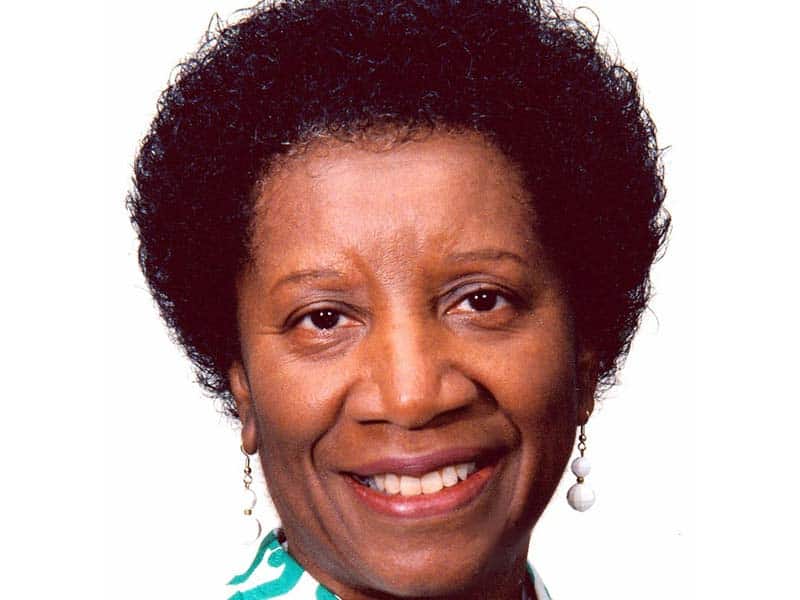
Organization is Formed
MBD Community Housing Corp was formed by the leadership of Genevieve Brooks (Group Leader), Rev. William J. Smith (Chairman of the Board) and a volunteer coalition of nine local organizations.
Genevieve Brooks Story »
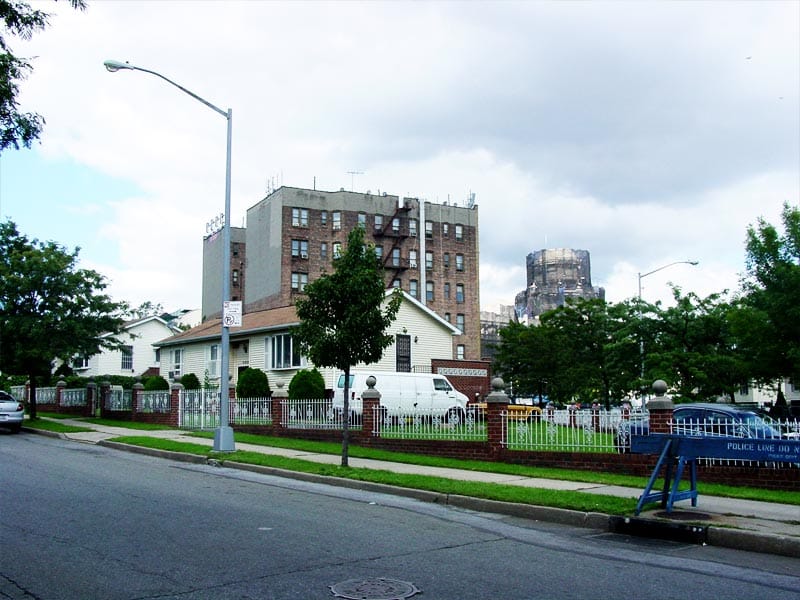
East Crotona Park Revitalization
The Volunteer Coalition conducted many meetings with City representatives, and Local government organizations to help in the creation of a revitalization plan for East Crotona Park.

President Carter
President James Carter visits what he then called “the worst slum in America,” also known as the South Bronx.

President Reagan
President Ronald Reagan visits what he “compared to a burned-out London in World War II,” known as Crotona Park East.
Charlotte Gardens
The City’s South Bronx Development Office & MBD transform the rubble referred to by Presidents Carter and Reagan to a thriving community by building 89 ranch style single family homes, known as Charlotte Gardens.
Neighborhood Crime Prevention
MBD is selected as one of ten organizations nationally to participate in the Eisenhower Foundation’s Neighborhood Crime Prevention/Security Program.
Bryant Mews & Rose Ellen Smith Apartments, pt. 1
HUD designates MBD as owner/developer of Bryant Mews and Rose Ellen Smith Apartments, consisting of 120 units for seniors.
Bryant Mews and Rose Ellen Smith Apartments, pt. 2
Eae J Mitchell Terrace
Mid-Bronx Plaza
Seabury Park
Inception of planning and operation of Seabury Park also known as Mid-Bronx Desperadoes Park.
Crotona Terrace
Presidential Award
Jose E. Serrano

President Clinton
Safe At Home
Rock Garden
New Horizon Retail Center
New Administration
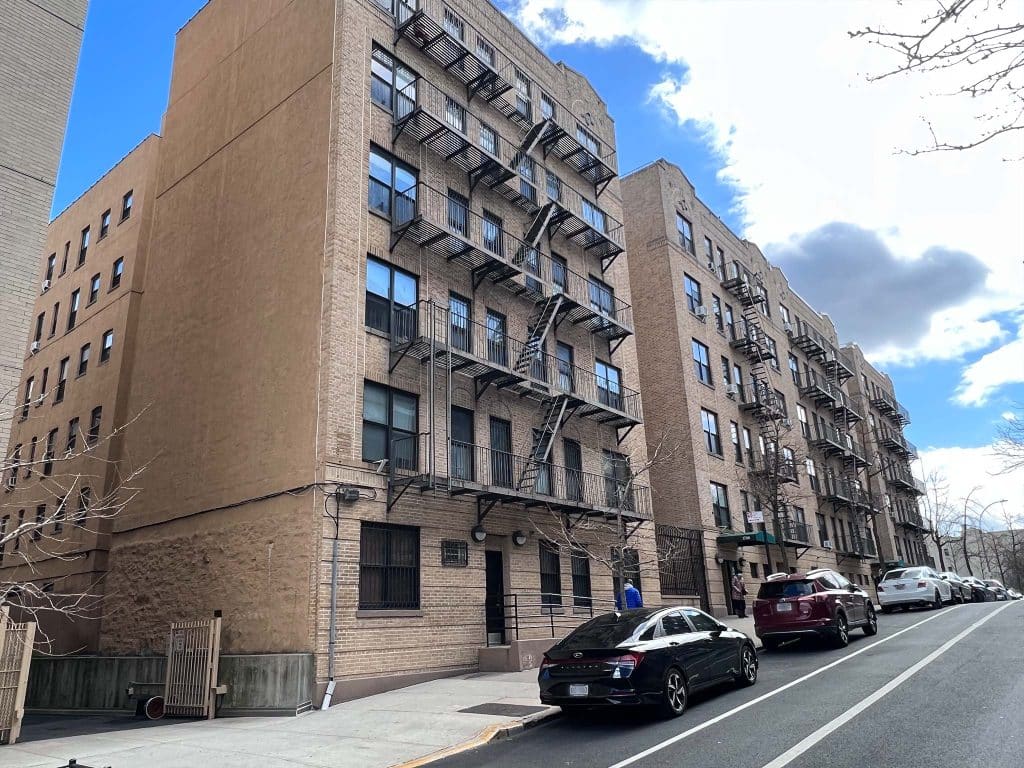
Rehabilitation: Mid Bronx Plaza Assoc., LP
April, 2011, closed 184-senior housing unit rehabilitation loan.
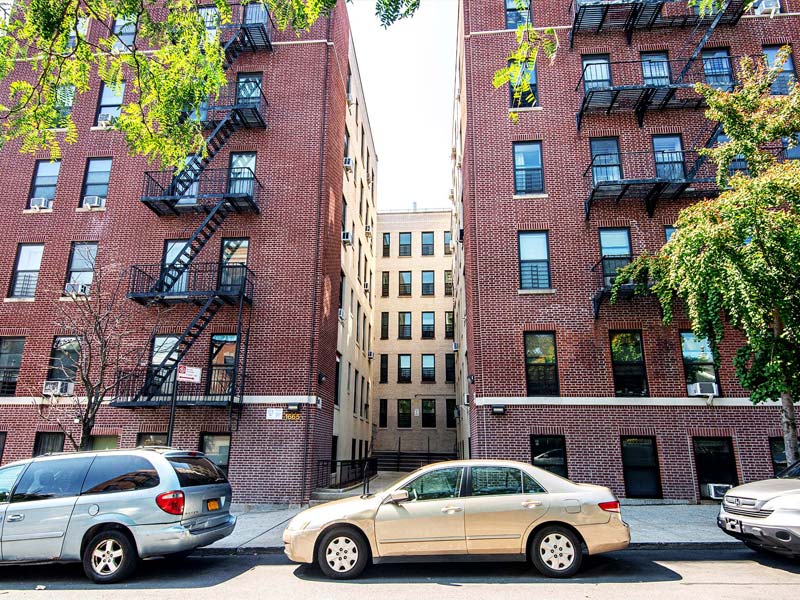
Rehabilitation: MBD Silva Taylor, LLC
June 2012, MBD closed a 19 building, 361 unit affordable housing rehabilitation loan.
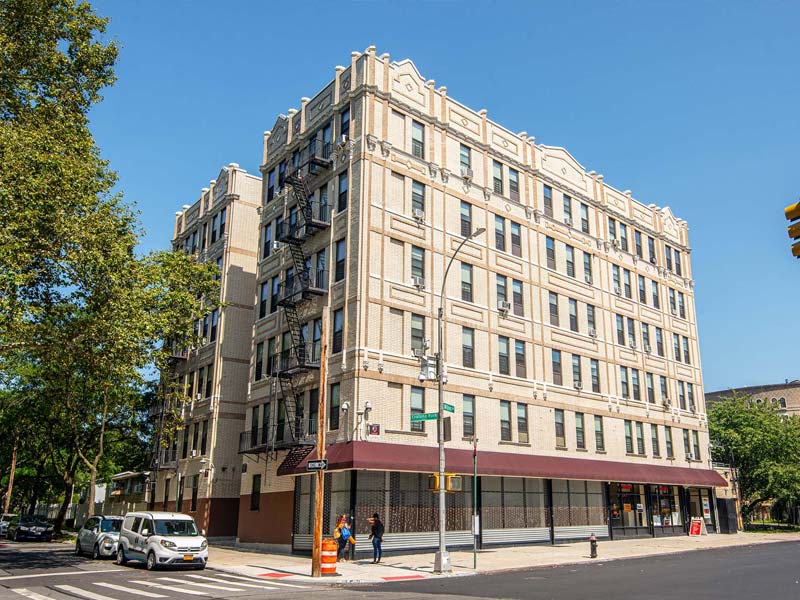
Rehabilitation: 1490 Crotona Park East
June, 2014, MBD closed on a 39-unit affordable housing rehabilitation loan.
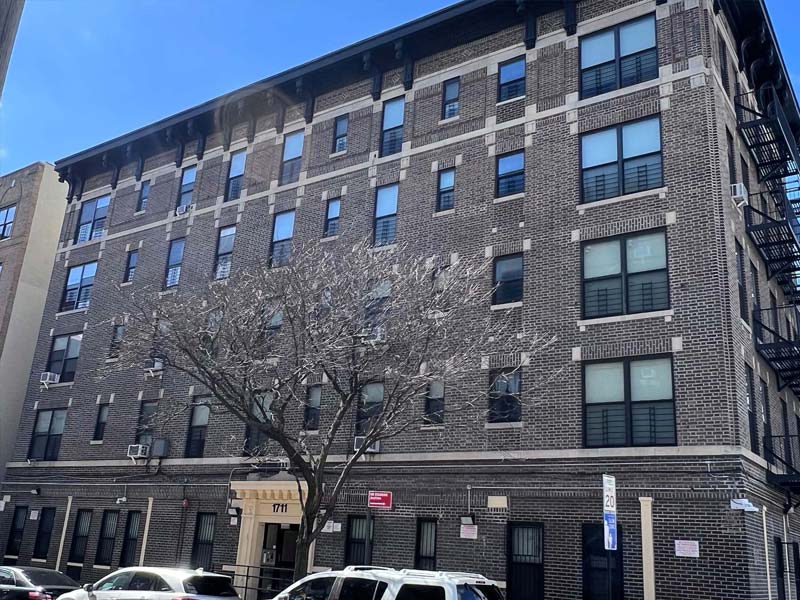
Rehabilitation: Rose Ellen Smith MBD, LP
June, 2015, MBD closed on a 2-building, 47-senior housing rehabilitation loan.
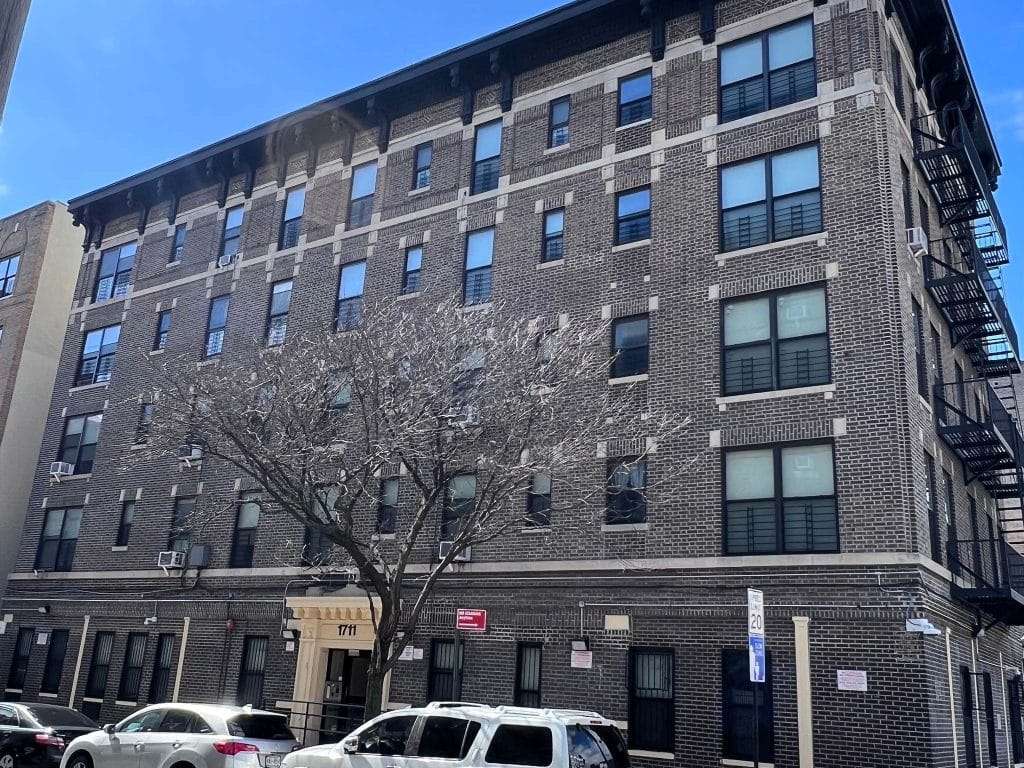
Rehabilitation: MBD WE Mobley, LLC
December, 2015, MBD closed on a 2-building 128-unit affordable housing rehabilitation loan.
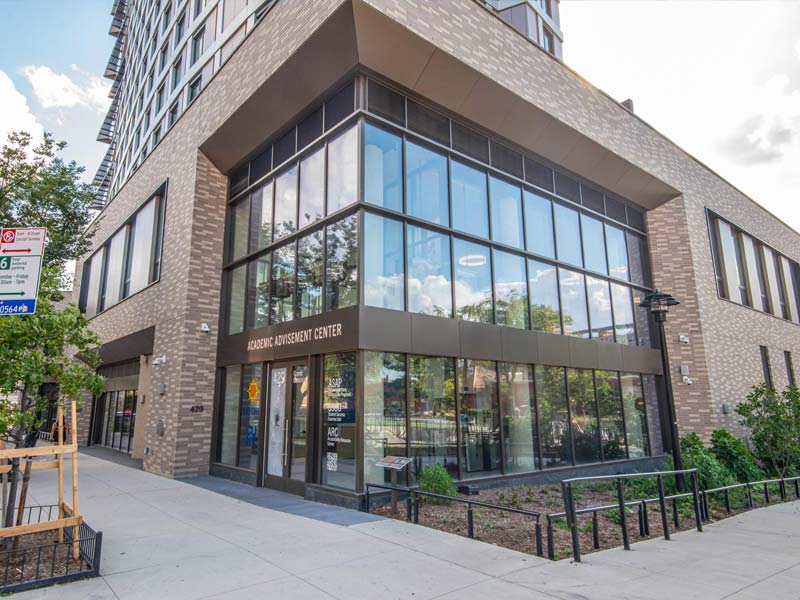
425 Grand Concourse
April, 2016, MBD, along with Trinity Financial, was awarded the RFP for the 425 Grand Concourse site, formerly known as P.S. 31, to develop a mixed use 24-story building, comprised of 241 units of affordable housing, and commercial space.
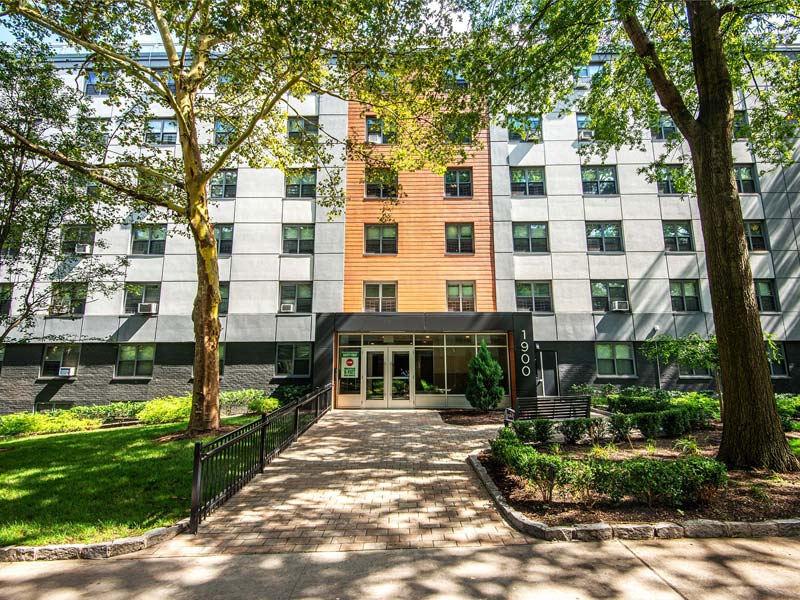
Baychester Murphy
NYCHA/PACT renovation of 712 public housing units completed.
MBD New Heights Apartments
70 units of affordable housing open to low-income and formerly homeless residents.
